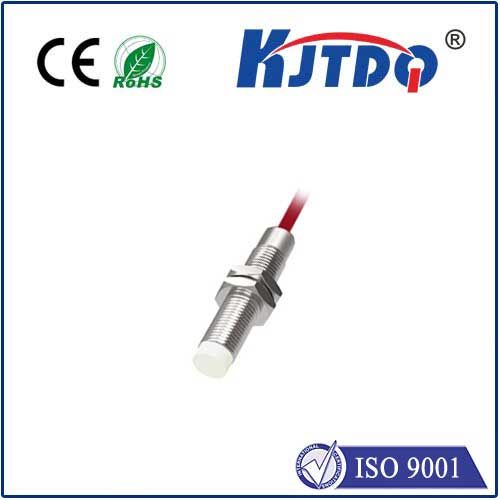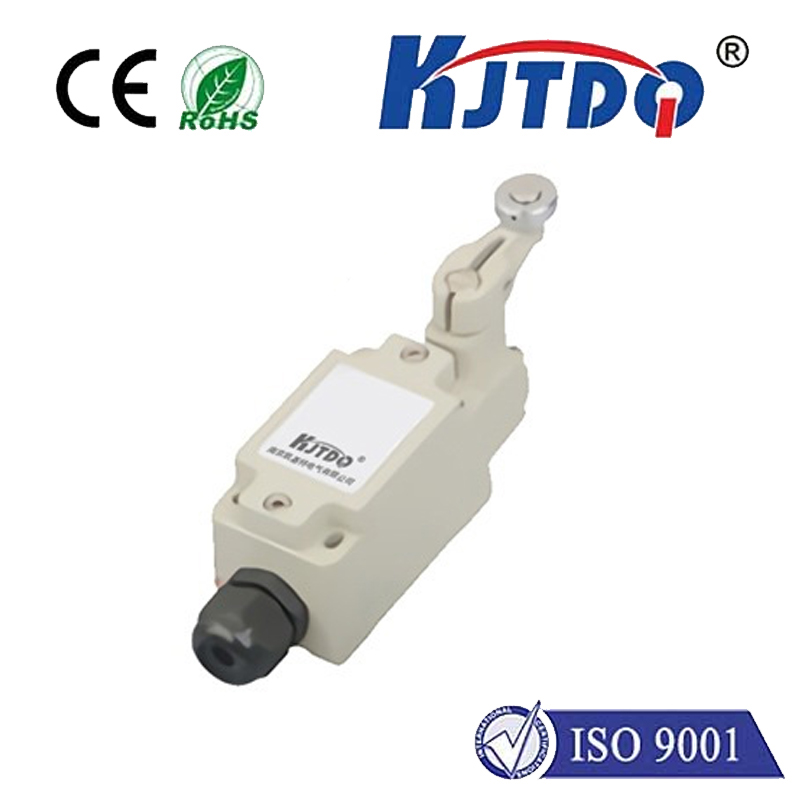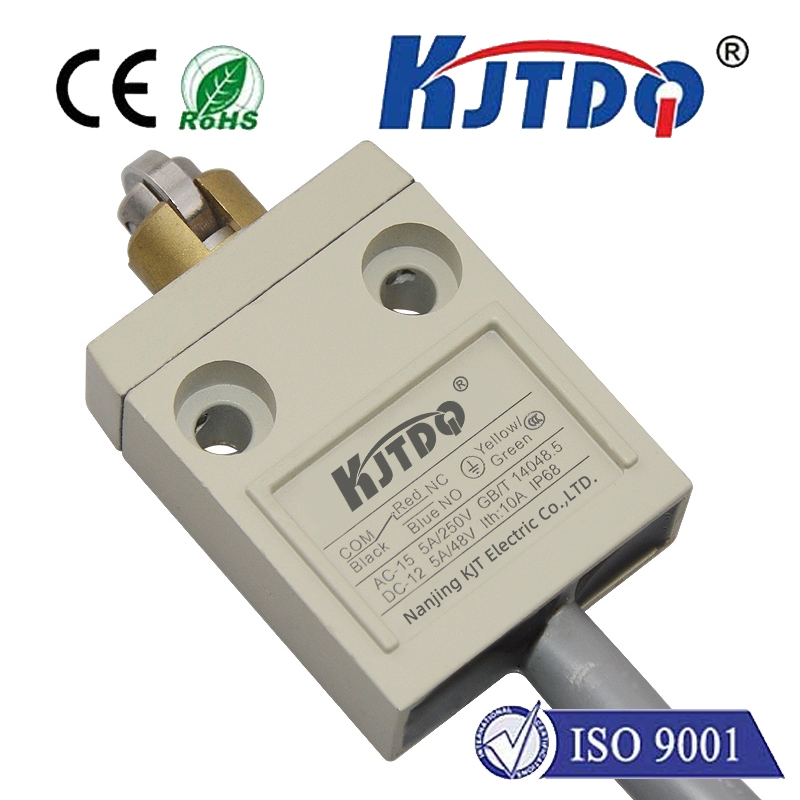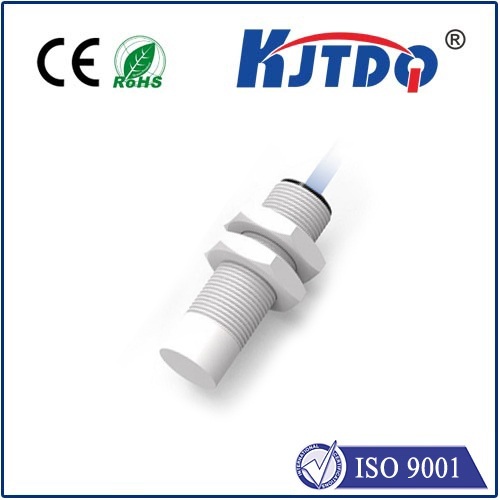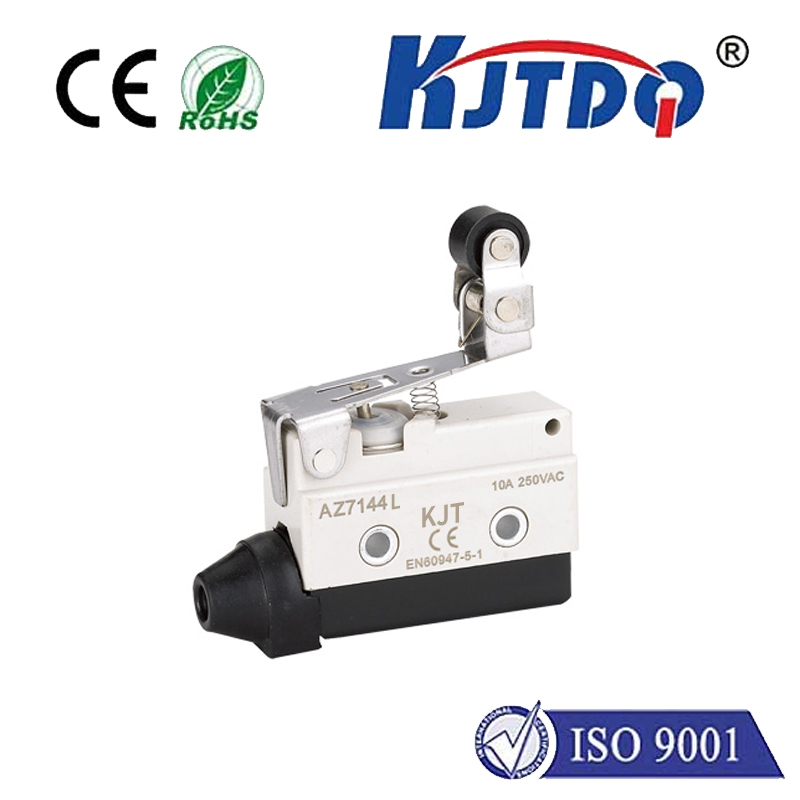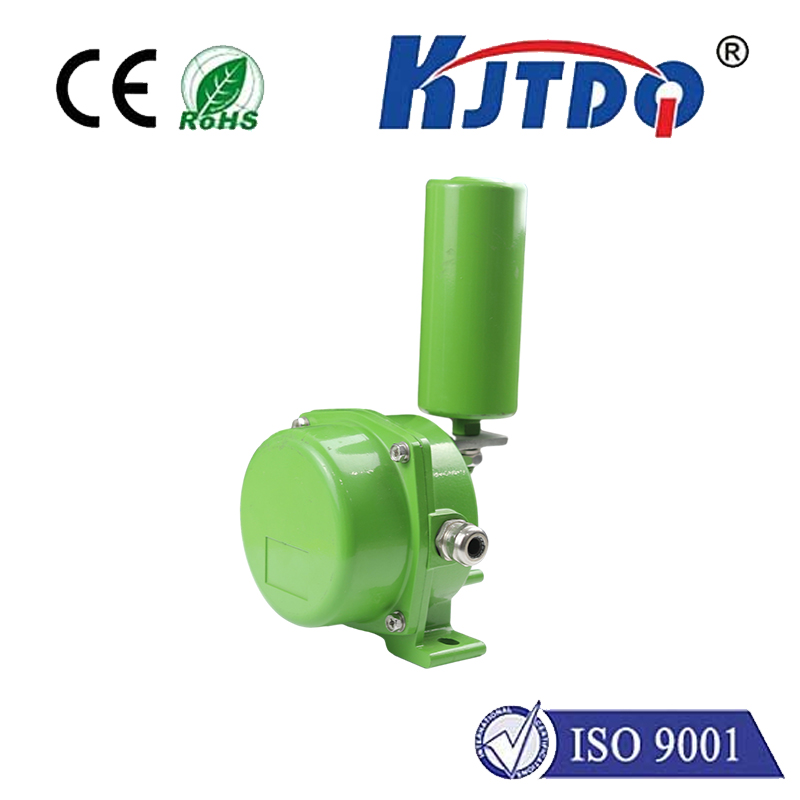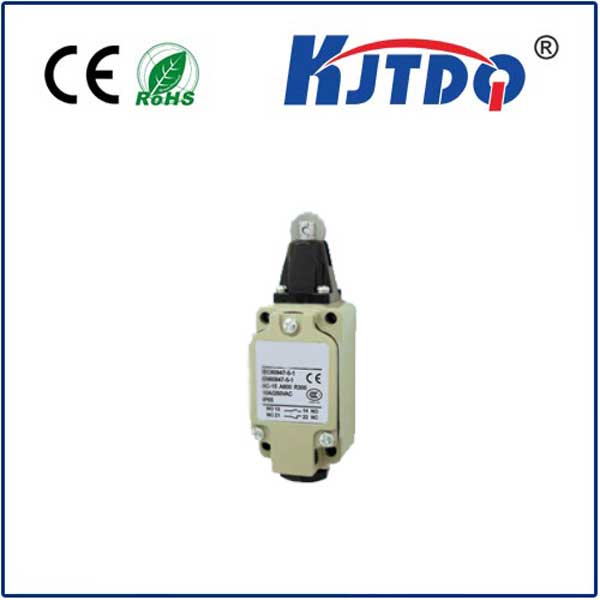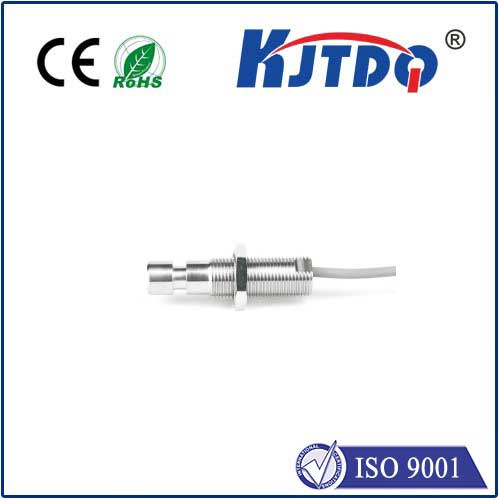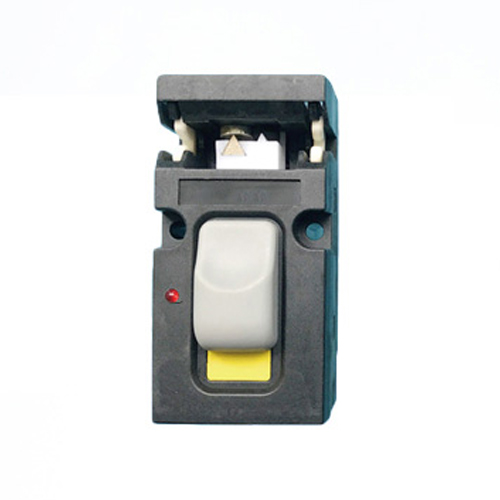laser color sensor
- time:2025-08-28 00:32:01
- Нажмите:0
Beyond the Rainbow: How Laser Color Sensors Revolutionize Precision Detection
Imagine a world where a paint finish flaw on a luxury car is caught instantly, the perfect shade of candy coating is guaranteed every time, or recycled plastics are sorted with absolute accuracy at lightning speed. This isn’t science fiction; it’s the reality enabled by the sophisticated technology of the laser color sensor. Far exceeding the capabilities of simple RGB detectors or the human eye, these devices are becoming indispensable tools across industries demanding uncompromising precision in color identification, verification, and sorting.
Forget basic red-green-blue approximations. The fundamental power of a laser color sensor lies in its spectroscopic approach. At its core, it emits a highly focused beam of coherent laser light onto the target surface. This light interacts with the material – being absorbed, reflected, or scattered in specific ways unique to its molecular composition and surface properties. Crucially, unlike broad-spectrum white light, the laser provides a pure, stable, and intense light source with a very narrow wavelength bandwidth.
The sensor then captures the returned light signal. This isn’t just about measuring overall intensity or differentiating a few broad colors. Advanced laser color sensors employ sophisticated spectrometers or high-resolution photodetectors to analyze the entire spectrum of the reflected light. They dissect the signal into numerous narrow wavelength bands across the visible (and sometimes near-infrared) spectrum. This detailed spectral fingerprint is the key to unlocking unparalleled color accuracy and discrimination.
So, why choose a laser color sensor over simpler alternatives? The advantages are compelling:

- Unmatched Precision & Differentiation: Capable of distinguishing between colors so similar they appear identical to the human eye or basic sensors. This is critical for subtle shade matching, detecting minute contamination, or ensuring brand color consistency.
- High Stability & Repeatability: Laser light sources are inherently stable, minimizing drift over time and temperature fluctuations. This ensures measurements taken hours, days, or weeks apart remain consistent and reliable, essential for automated quality control.
- Immunity to Ambient Light: The coherent nature of laser light and precise synchronization between emitter and receiver allow these sensors to effectively “cancel out” the influence of varying ambient factory lighting, ensuring readings are based solely on the target surface.
- Non-Contact Measurement: Ideal for delicate surfaces, fast-moving production lines (like packaging or web inspection), or sterile environments (pharmaceuticals, food processing) where physical contact is impossible or undesirable.
- Small Spot Size & Long Range: The focused laser beam enables precise measurement on very small areas or components and allows sensing at greater distances than many other color technologies.
- Material Differentiation: Beyond just color, the spectral analysis can sometimes provide insights into material type or composition, as different materials reflect light differently even if they appear similarly colored.
Where Laser Color Sensors Shine (Literally):
The versatile laser color sensor finds critical applications across diverse sectors:
- Automotive Manufacturing: Ensuring flawless paint quality, verifying the color of interior components (dashboards, upholstery, buttons), and checking coatings on parts.
- Packaging & Printing: Guaranteeing color consistency on labels, cartons, and flexible packaging; detecting print defects or mis-registration; verifying correct packaging variants.
- Electronics: Inspecting component colors (resistors, LEDs), verifying screen coatings, and ensuring correct labeling on PCBs and semiconductor devices.
- Food & Beverage: Sorting produce by ripeness or quality based on subtle color differences; verifying label & packaging accuracy; checking color consistency in products like snacks, candies, sauces, and beverages. (Perfect shade every bite?)
- Pharmaceuticals: Ensuring correct capsule or tablet color coding; verifying label and packaging integrity; inspecting blister packs.
- Plastics & Textiles: Sorting recycled plastics by precise polymer type and color; verifying dye lot consistency in fabrics; color matching raw materials and finished products.
- Recycling: Advanced sorting lines rely heavily on laser color sensors to accurately identify and separate different types and colors of plastics, glass, paper, and metals.
Understanding the Technology Inside:
Implementing a laser color sensor effectively requires understanding key technical aspects:
- Spectral Resolution: Defines how finely the sensor can distinguish between different wavelengths. Higher resolution provides better discrimination for very similar colors.
- Light Source Stability: Crucial for long-term measurement consistency.
- Evaluation Algorithms: The power lies not just in capturing data but in interpreting it. Advanced sensors use sophisticated algorithms to compare spectral data against stored references, calculate colorimetric values (like L*ab or CIE XYZ), and make pass/fail decisions.
- Communication & Integration: Modern sensors offer various outputs (digital I/O, Ethernet/IP, Profinet, analog) and protocols to seamlessly integrate into PLCs, vision systems, and Industry 4.0 networks.
- Environmental Robustness: Industrial sensors must withstand dust, vibration, temperature variations, and moisture. Look for appropriate IP ratings.
Implementing Laser Color Sensors: Key Considerations
Successfully integrating these powerful tools involves strategic thinking:
- Define Requirements Precisely: What specific colors need detection? What are the acceptable tolerances? What is the required speed? What are the environmental conditions? Clarity upfront prevents costly missteps.
- Sample Presentation is Crucial: Surface texture, gloss, angle, distance, and background all influence the reflected signal. Consistent presentation leads to consistent results. Testing with actual production samples is vital.
- Calibration & Maintenance: While highly stable, periodic calibration against known standards is essential. Factor in ease of calibration and potential maintenance needs.
- Expert Support: Partnering with vendors offering strong application engineering support significantly smooths integration and optimizes performance.
The Future: Smarter, Faster, Integrated
The evolution of laser color sensor technology is ongoing. We see trends towards:
- Miniaturization: Smaller sensors for tighter spaces and integration into more compact machinery.
- Increased Speed: Processing spectral data faster to keep pace with ever-increasing production line speeds.
- Enhanced Connectivity: Deeper integration into IoT and cloud platforms for data analytics, remote monitoring, and predictive maintenance.
- AI-Powered Analysis: Applying machine learning to spectral data for even more sophisticated material identification, defect detection, and adaptive learning without explicit programming.
- Multispectral/Hyperspectral Capabilities: Expanding beyond visible light into NIR for even richer material characterization.
From safeguarding brand identity through meticulous color measurement to enabling efficient recycling and ensuring pharmaceutical safety, laser color sensors are powerful, flexible instruments driving quality, efficiency, and automation forward. Their ability to bring objective, spectroscopic precision to the subjective world of color makes them a cornerstone technology in modern precision manufacturing and quality assurance, consistently looking beyond the limitations of the visible rainbow.

